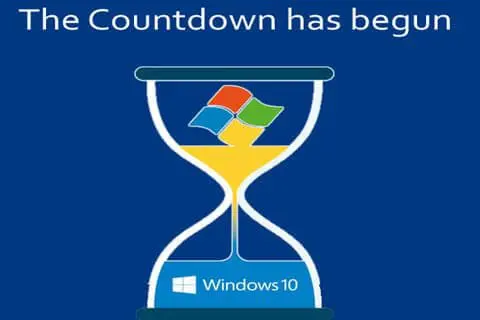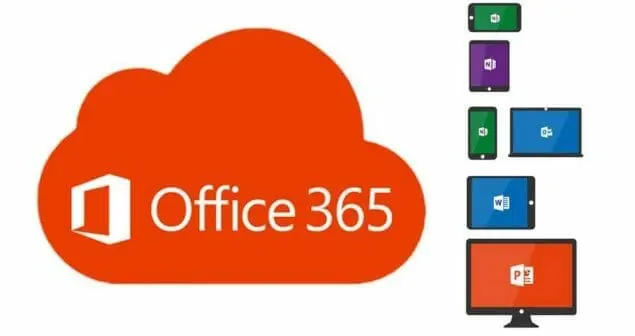
What is it?
Simply put, it’s multi-session Windows 10 experience with optimizations for Office 365 ProPlus, and support for Windows Server Remote Desktop Services (RDS) desktops. It means users can deploy and scale Windows desktops on Azure and on-premise quickly.
The service brings together single-user Windows 7 VDI and multi-user Windows 10 and Windows Server RDS and is hosted on any of Azure’s virtual machine tiers or what you could call DaaS (Desktop as a Service) in a way.
Licensing
Microsoft is pricing WVD aggressively by charging only for the virtual machine costs; the license requirements for the Windows 7 and Windows 10 based services will be fulfilled by Microsoft 365 F1/E3/E, Windows 10 Enterprise E3/E5, and Windows VDA subscriptions. The Windows Server-based services are similarly fulfilled by existing RDS client access licenses. This means that for many Microsoft customers, there will be no additional licensing cost for provisioning desktop computing in the cloud.
The virtual machine costs can be further reduced by using Reserved Instances that commit to purchasing certain amounts of VM time in return for lower pricing. All of this just means simpler licensing for Office and Windows as opposed to the crazy license models of the past. I am not saying that crazy licensing models are gone but have gotten much simpler.

What’s the deal with Windows 7 and Support?
The new service will be available to the production environments in the by June before Windows 7 support ends in January 2020.

But, there is a big incentive, Windows 7 users will receive all three years of Extended Security Updates (ESU) at no extra cost. This should ease the cost of migration to the service; this is in contrast to on-premises deployments that will cost either $25/$50/$100 for the three years of ESU availability or $50/$100/$200, depending on the precise Windows license being used.
WVD and O365

WVD will also provide particular benefits for Office 365 users. In November last year, Microsoft bought a company called FSLogix that develops software to streamline application provisioning in virtualized environments.
Outlook (with its offline data store) and OneDrive (with its synchronized file system) represent particular challenges for virtual desktops, as both applications store large amounts of data on the client machine. This data is expected to persist across VM reboots and redeployments. FSLogix’s software allows these things to be stored on separate disk images that are seamlessly grafted onto the deployed virtual machine. WVD will use this software for clients running Office 365, but this can be optional.
Liquidware and WVD
The technology of ProfileUnity and FlexApp only complement what Microsoft includes with FSLogix. But do understand, if you need a simple soution for Profile Disk, then FSlogix is the way to go and save yourself some money. Over my next few blog posts, I plan to show how to set up WVD and a full walk-through of FSLogix running with WVD.
Sizing WVD?
Liquidware has a product called Stratusphere UX. It’s an EUC monitoring tool that allows you to properly size your Azure environment for WVD. This helps make smart decisions on migrations to WVD. It doesn’t stop there, Stratusphere provides ongoing metrics and alerting that help IT Pro’s to continue to maintain a high performing WVD environment into the future.

How do I get it?
Azure Market Place 🙂 The preview is available in the US East 2 and US Central Azure regions; When GA is announced, it will be available in all regions.

In Microsoft’s eyes, its time to kickass and take names 😉
Check out my next post on WVD and FSLogix.
Until next time, Rob







